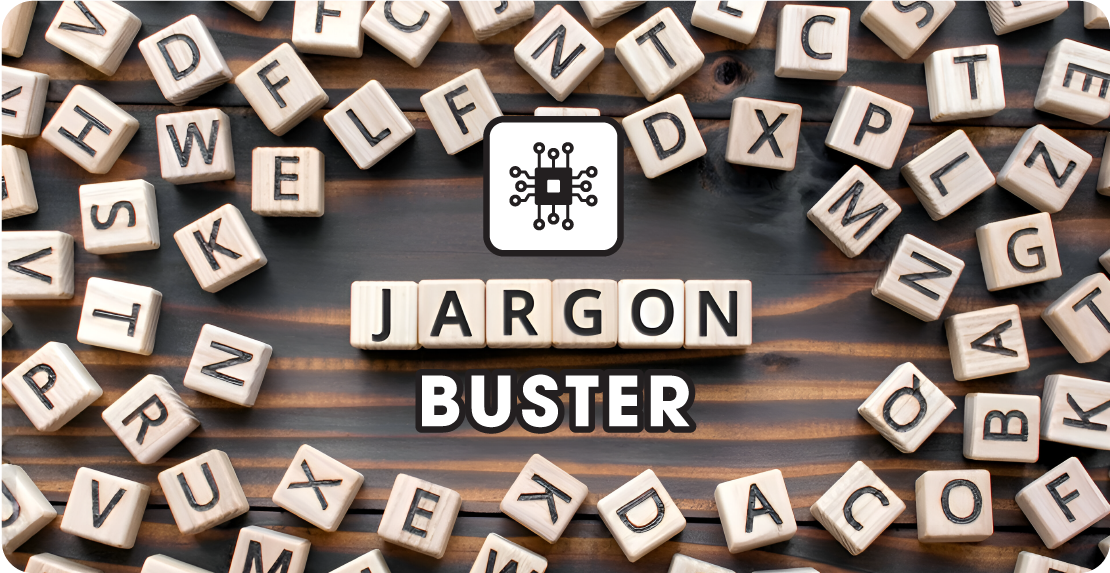Jargon Buster: Demystifying IT Terminology
Technological Innovation Edition

Jargon Buster
The jargon buster aims to give simple, plain English explanations of typical words and/or phrases used in security and cybersecurity, making it easier to stay informed.
Agile Methodology:
An approach to software development that emphasises flexibility, and collaboration. It involves breaking projects into smaller parts (sprints) for quicker development and adaptation to changes.
Disruptive Technology:
An innovation that significantly alters or disrupts existing markets, technologies, or industries. It often replaces older technologies or creates entirely new markets.
Digital Transformation:
The integration of digital technology into all aspects of a business, fundamentally changing how it operates and delivers value to customers. It involves adopting new technologies to improve processes and customer experiences. This often involves replacing paper-based forms and processes.
Cloud Computing:
The delivery of computing services (such as servers, storage, databases, networking, software, and more) over the internet (‘the cloud’). It offers flexibility, scalability and cost-effectiveness compared to traditional on-premises infrastructure.
Internet of Things (IoT):
The network of physical devices embedded with sensors, software, and connectivity that enables them to collect and exchange data. IoT devices can range from everyday objects to industrial tools, all connected to the internet.
Artificial Intelligence (AI):
The simulation of human intelligence processes by machines, typically through tasks like learning, problem-solving, speech recognition, and decision-making. Machine Learning (ML) and neural networks are subsets of AI.
DevOps:
A culture and set of practices that combine software development (Dev) and IT operations (Ops). It aims to shorten the development life cycle and provide continuous delivery with high software quality.
Big Data:
Large volumes of structured and unstructured data that are difficult to process using traditional database and software techniques. It involves extracting valuable insights from these vast datasets.
Cyber Threat Intelligence (CTI):
Information about potential cybersecurity threats, including tactics employed by malicious actors.
Cybersecurity:
The practice of protecting systems, networks, and data from digital attacks. It includes various measures, tools, and technologies to prevent unauthorized access, data breaches, and cyber threats.
Want to learn more about our services?
Other Articles & Blogs
What SMEs Can Learn from the M&S Attack
What SMEs Can Learn from the M&S AttackIn April, Marks & Spencer suffered a ransomware attack that encrypted critical servers, bringing contactless payments, online orders, and click-and-collect services to a standstill. Recovery took 15 weeks and even a...
The True Cost of IT Downtime for UK SMEs
UK SMEs lose up to 2 working days and £7,500 per year due to unplanned IT downtime — a hidden drain on productivity, morale, and revenue. This article explores the true financial and operational costs of downtime, key causes like outdated hardware and cybersecurity threats, and why a proactive IT strategy is essential for business continuity. Unity World helps SMEs stay ahead with preventative solutions and expert support tailored to their growth.
Unity News & Events
Unity News & Events: Building Stronger Connections One Conversation at a Time Out and About in the North EastIt’s been a big season for connection-building at Unity! Michael Long’s been out meeting local businesses, listening to challenges, and exploring how we...



